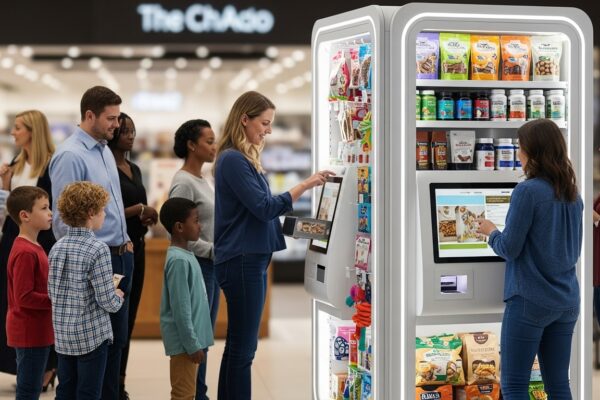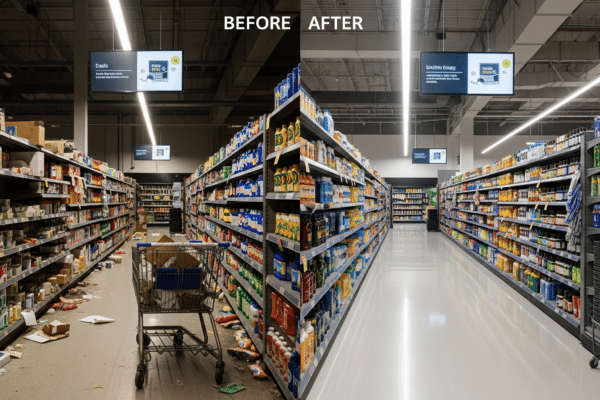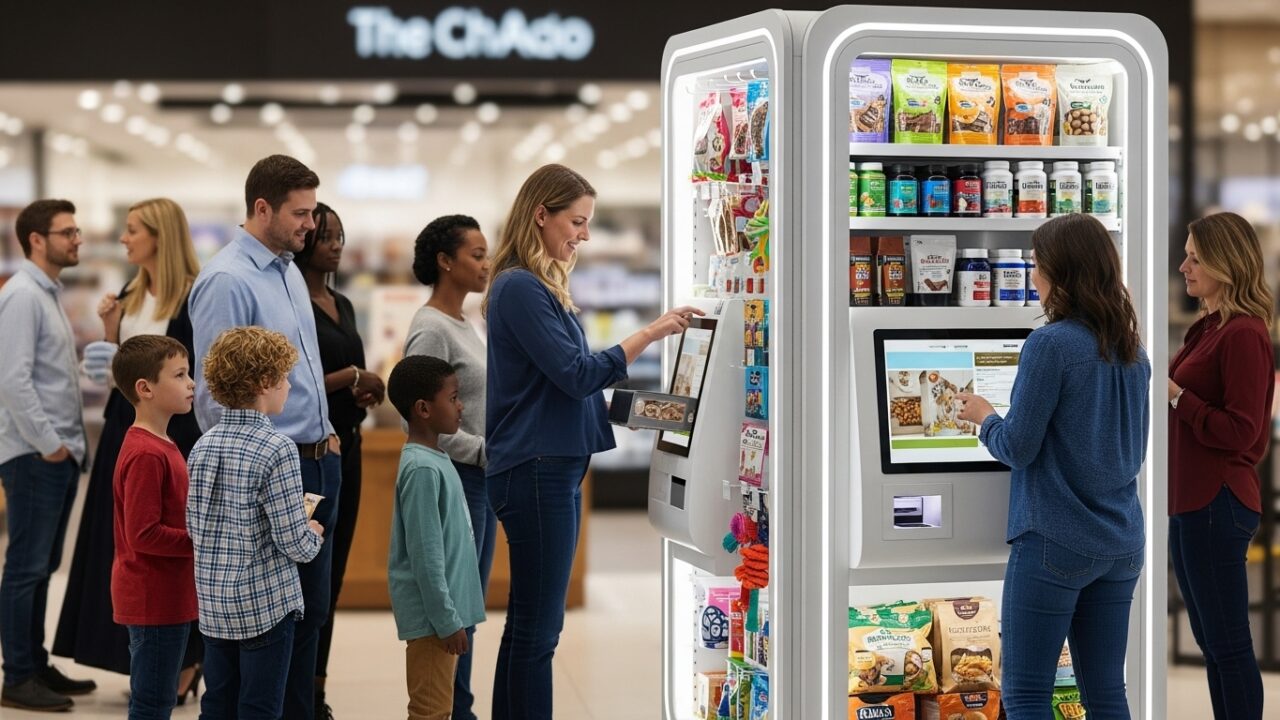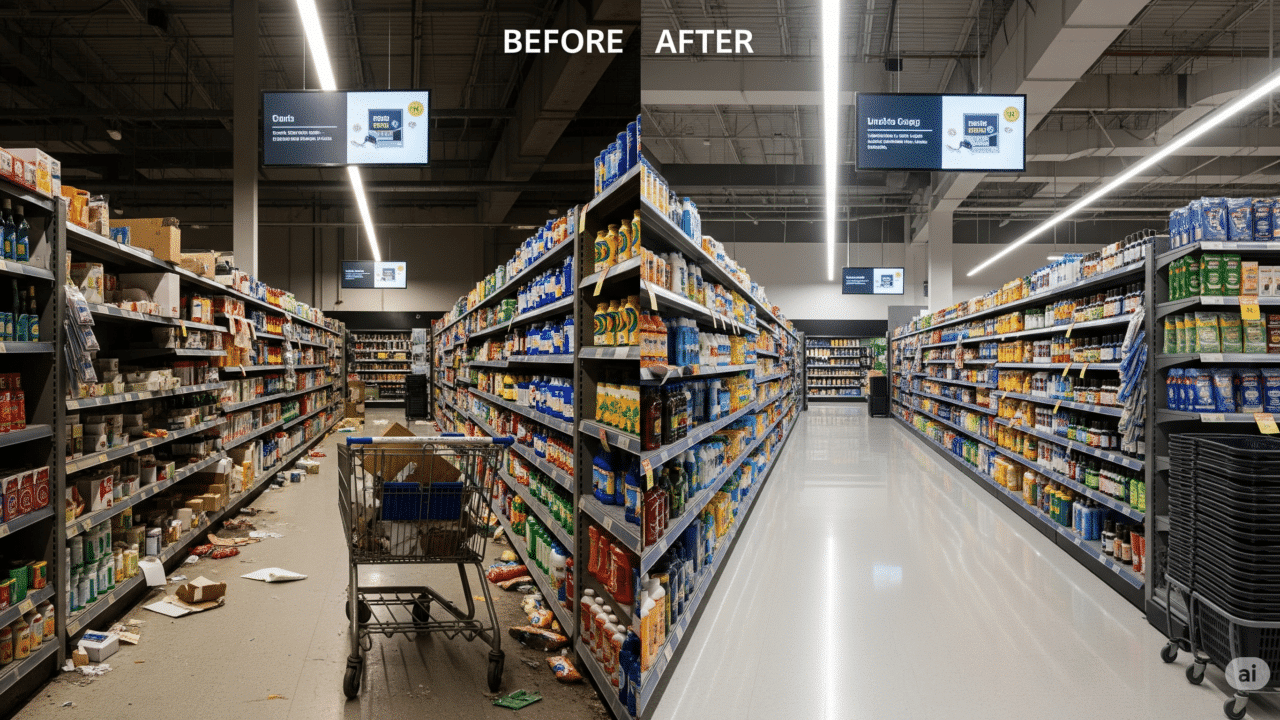
Pet Care is a $147 Billion Gold Rush. Here’s Your Map.
-
T-ROC Staff
-
Jul 30, 2025
-
4 mins read
The U.S. pet industry is more than just a market; it’s a powerful, emotionally-driven ecosystem experiencing monumental growth. With total revenue hitting $147 billion in 2024 and a forecast to reach $192 billion by 2029, the sector’s 5.5% compound annual growth rate (CAGR) signals incredible opportunity. However, this expansion brings new complexities in consumer behavior, technology, and retail execution.
For brands and retailers aiming to capture market share, understanding the core drivers behind this growth is essential. It’s no longer just about selling products; it’s about providing integrated experiences that align with the values of modern pet parents. This article explores the key pet industry trends shaping the landscape and outlines a strategic path forward.
The “Pet Humanization” Effect: Premium Products and Wellness Services Dominate
The single most powerful force in the market is the “pet humanization” trend, where pets are viewed as integral family members. This emotional investment has a direct impact on spending habits, fueling a massive shift toward premium goods and services. In 2024, a remarkable 62% of pet owners now purchase premium or luxury pet food. This move away from basic kibble to organic, human-grade, and customized meal plans is a primary revenue driver. Furthermore, spending on health is skyrocketing, with 48% of owners reporting they spend more on their pet’s healthcare than their own. This has created high-margin opportunities in wellness, including pet insurance, which is growing at over 20% annually, and preventive care services. According to the American Pet Products Association (APPA), these spending habits reflect a deep emotional bond between owners and their pets.Digital Transformation: E-commerce, Subscriptions, and the Rise of Pet Tech
Technology has fundamentally reshaped purchasing behaviors and daily pet care. E-commerce now accounts for approximately 37% of all pet product sales, with digital-first players like Chewy setting the standard for convenience and customer loyalty. Chewy’s success is built on a powerful subscription model, with 73% of its sales being subscription-based, a fact supported by various omnichannel retail statistics showing a consumer preference for automated replenishment. Beyond e-commerce, a new ecosystem of smart pet devices is emerging.- Smart Pet Devices: GPS collars from Fi and Whistle, automated feeders, and AI-powered monitoring cameras are becoming mainstream.
- Tele-veterinary Platforms: Companies like Fuzzy and Dutch provide on-demand virtual consultations, making expert care more accessible.
- At-Home Diagnostics: DNA testing kits from brands like Embark and Wisdom Panel empower owners with proactive health insights, a market segment growing rapidly.
Sustainability as a Purchase Driver
Modern consumers, particularly Millennials and Gen Z, expect brands to align with their values. In the pet industry, this translates to a growing demand for sustainability. A significant 41% of pet owners now seek out brands that demonstrate environmental responsibility. This focus is not just a passing fad; it directly influences buying decisions. Shoppers are paying close attention to:- Eco-friendly packaging (recyclable or compostable materials).
- Ethically sourced ingredients with transparent supply chains.
- Brand transparency regarding manufacturing and labor practices.
Navigating Challenges: From Supply Chains to In-Store Execution
While pet industry trends point to massive opportunities, the path to success is riddled with challenges. Brands and retailers face significant headwinds, including supply chain complexity, regulatory requirements like FDA oversight, and intense competition for shelf space. For many, the most pressing issues are at the point of sale. Leading causes for customer churn in retail environments include:- Inconsistent product availability (34%).
- Undertrained staff unable to explain complex products (27%).
- Confusing pricing or promotions (22%).





![Interested in what we can do for you? T-ROC can help you boost sales, improve store performance, and deliver consistent results across every location. {{ include_custom_fonts({"Telegraf":["Bold","Regular","Semi Bold"]}) }}](https://no-cache.hubspot.com/cta/default/5402108/interactive-194273307789.png)
![Interested in what we can do for you? T-ROC can help you boost sales, improve store performance, and deliver consistent results across every location. {{ include_custom_fonts({"Telegraf":["Bold","Regular","Semi Bold"]}) }}](https://no-cache.hubspot.com/cta/default/5402108/interactive-194343103657.png)



